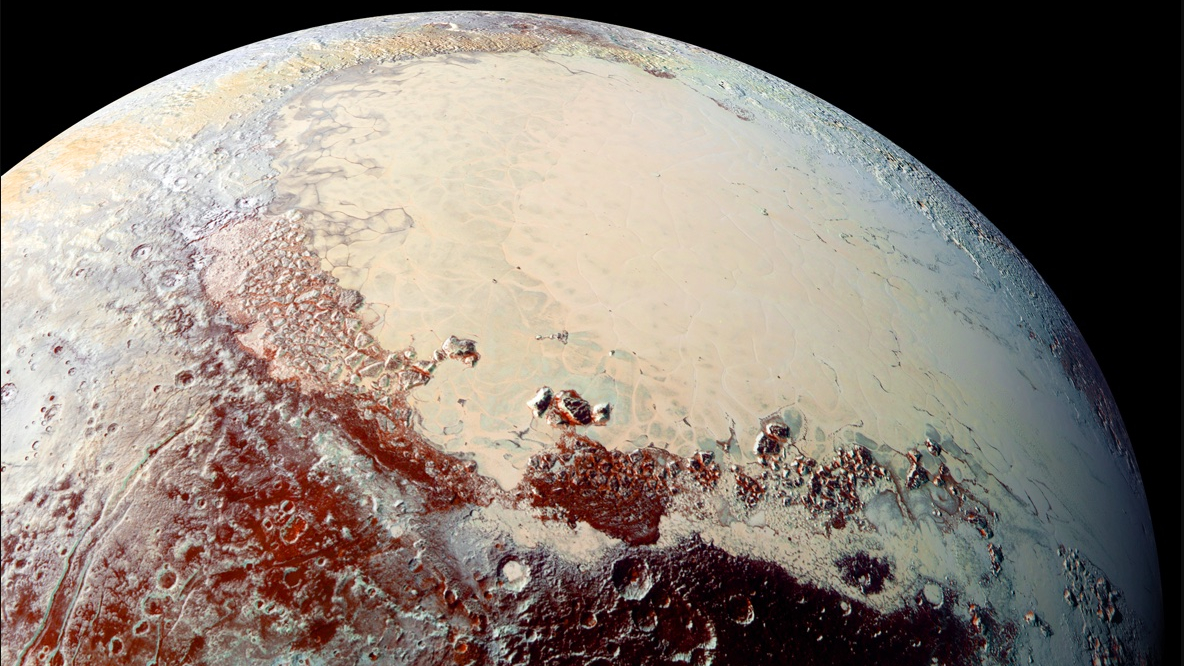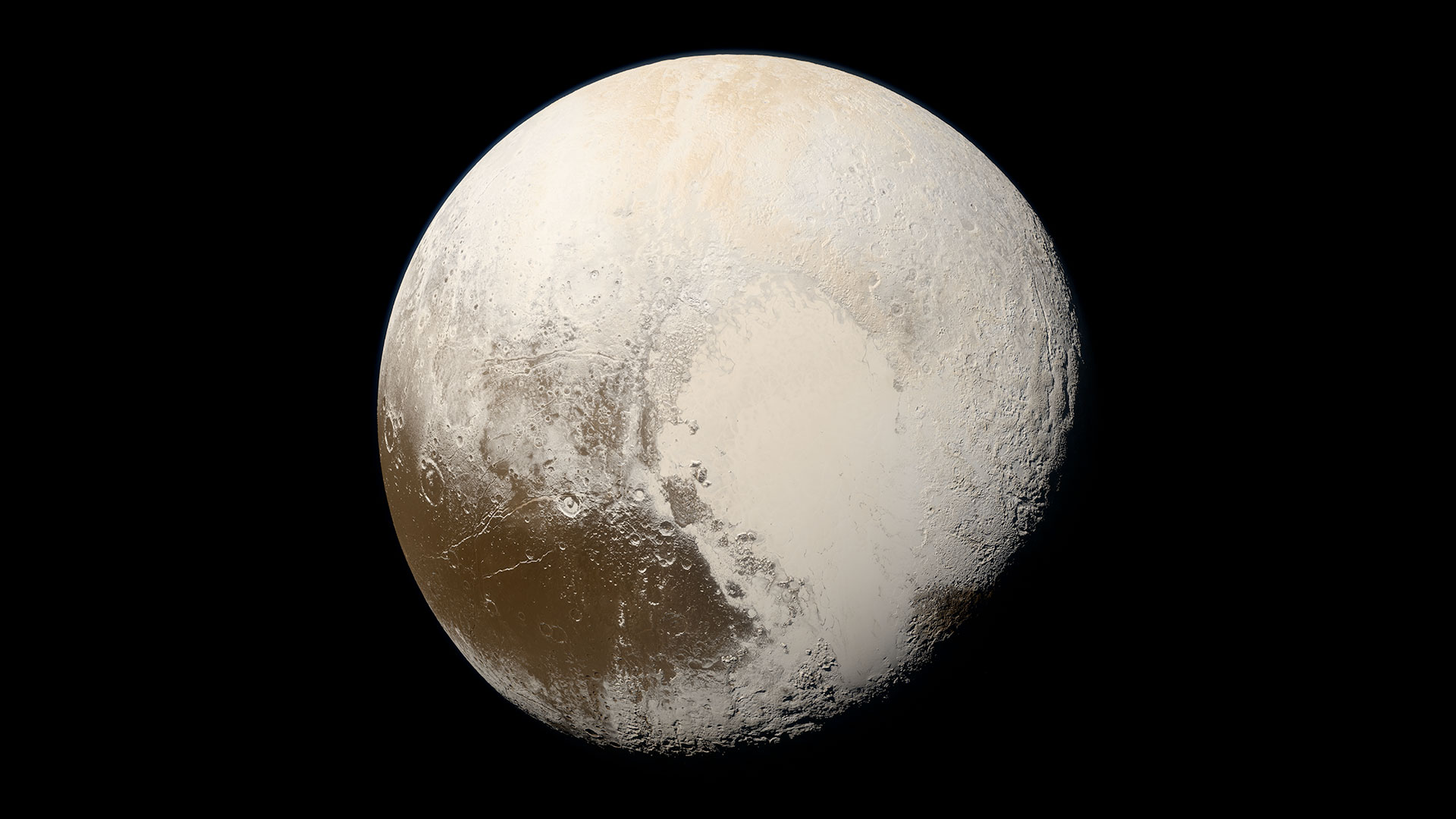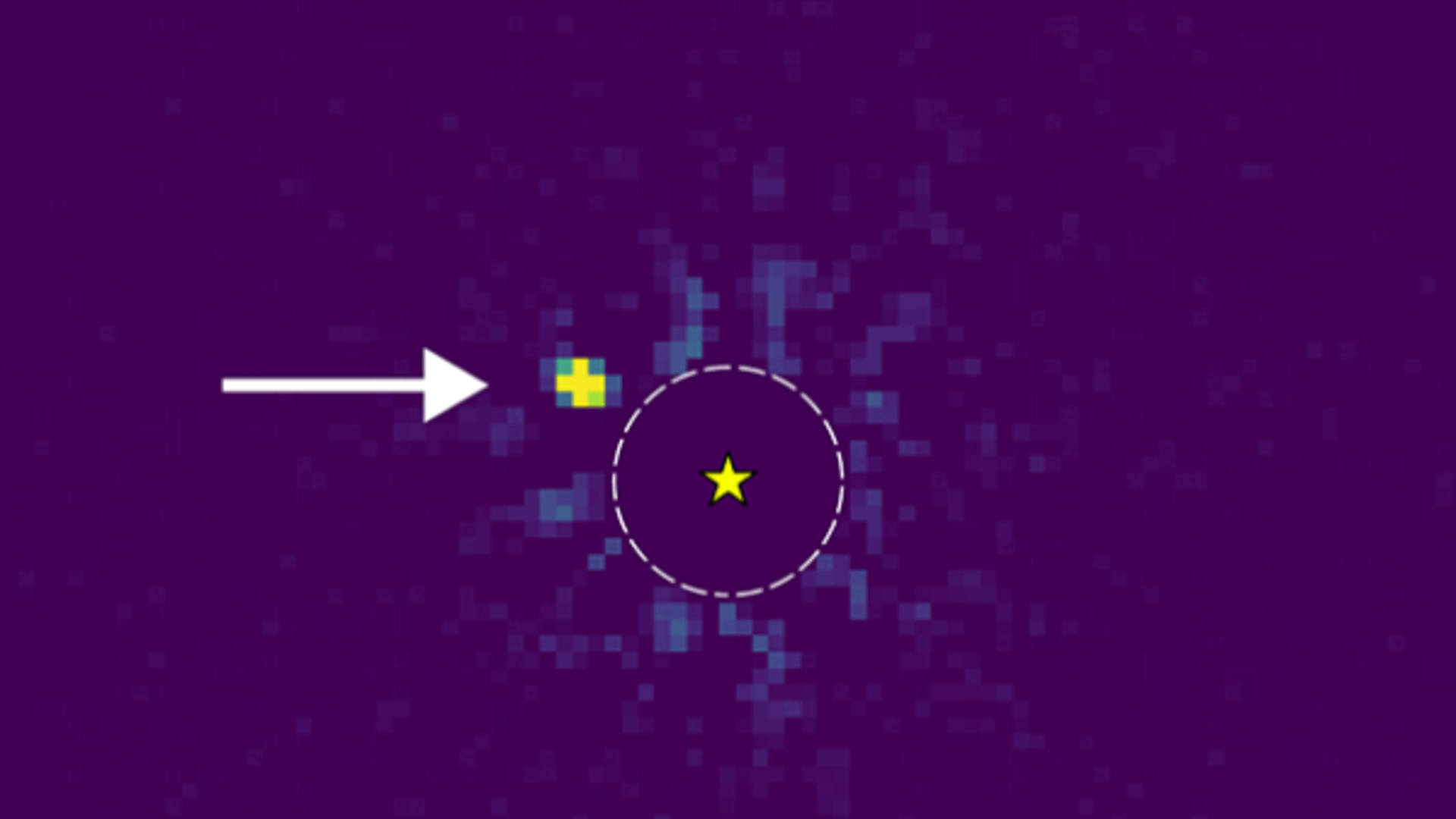The Pluto problem: Is it time to rethink our definition of a planet?

In 2006, the International Astronomical Union (IAU) voted on the definition of a planet. Famously, Pluto no longer met the criteria and was demoted to a dwarf planet. Things have been a bit of a mess since then — so is it time to redefine the planet?
To be fair, Pluto had it coming. The word "planet" never had an official definition, and astronomers had always played fast and loose with its use. To the ancient Greeks, a planet was any "wandering star," which included the sun and the moon. With the Copernican revolution, the definition changed: Earth was considered a planet in its own right, the moon was demoted to a satellite, and the sun got promoted.
This worked for over 200 years, until William Herschel discovered Uranus and Giuseppe Piazzi discovered Ceres, the largest object in the main asteroid belt between Mars and Jupiter. Initially, both Uranus and Ceres were classified as planets. But once more objects were found to share similar orbits with Ceres, astronomers had to rethink things — surely, planets lived alone, after all. Herschel proposed the term "asteroids" for the small objects between Mars and Jupiter, while Uranus remained a planet (a situation that certainly benefited Herschel's own legacy).
Astronomers were comfortable with those classifications even when Clyde Tombaugh discovered Pluto in 1930. But that new planet was a stretch — it had a really wonky orbit and was far smaller than the other planets, so it didn't take long for astronomers to start wondering if they should start reexamining how objects were classified.
Starting in the 1990s, astronomers began to find more objects that shared similar orbits with Pluto. But the real nail in the planetary coffin came in 2005, when astronomer Mike Brown discovered Eris, an object about the same size as Pluto orbiting beyond Neptune.
So, in 2006, when astronomers gathered at the IAU meeting in Prague, a large contingent moved to have that body define what a planet should be. There were two camps: the geophysicists who argued that planets should be defined by their appearance, and the dynamists who believed that planets should be defined by their properties.
In essence, the geophysicists argued that a planet should be anything that is large enough that its own self-gravity pulls it into a nearly spherical shape. The dynamists countered that a planet should be anything that can dominate and mostly clear its orbit of any debris. The first definition would allow Pluto, along with Ceres and all of Pluto's co-orbital friends, to become planets. The latter definition would exclude all of those smaller bodies.
Breaking space news, the latest updates on rocket launches, skywatching events and more!
In the end, the compromise included both definitions, which meant that effectively, the dynamists won. Pluto does not clear its orbit — it simply has too many neighbors — and thus was famously demoted.
Related: What exactly is a planet? Astronomers want to amend the definition
But not everybody agrees with the new rules, and there are plenty of arguments and counterarguments to go around. For one, the definitions of "nearly spherical" and "mostly clear the orbit" aren't very clear.
But proponents of the rules counter that all of the defined planets, from Mercury to Neptune, are exceptionally round, while the vast majority of non-planets are obviously not. As for clearing the orbit, Mars is over 5,000 times more massive than the next-largest object in its orbit. In contrast, Pluto captures only about 7% of all the mass in its orbit. So there is a clear and wide discrepancy between those worlds.
But the biggest confusion comes with the subtypes of the non-planets. If an object is large enough to make itself round but not clear its orbit, like Pluto or Ceres, it gets called a dwarf planet. Astronomers often use the term "dwarf" to refer to smaller versions of the same type, like dwarf stars and dwarf galaxies. But dwarf stars are still stars, and dwarf galaxies are still galaxies; they're just smaller. This is not the case for dwarf planets — they are emphatically not planets.
If an object is too small to make itself round, it is classified as a "small solar system body." Asteroids are not officially defined as such, but astronomers generally take the word to mean small solar system bodies that live in the inner solar system. Comets are also considered small solar system bodies.
Then there are "minor planets," which include the dwarf planets and all of the small solar system bodies that aren't comets. And don't forget the plutoids, — dwarf planets beyond the orbit of Pluto — and the trans-Neptunian objects, which include the plutoids and other small solar system bodies that orbit beyond Neptune.
It's a bit of a mess, but it's an attempt to match the complicated nature of our unfolding knowledge of the solar system. We live in an active, dynamic system, where many kinds of objects interact and interplay. We're struggling to come up with clean definitions because the universe itself refuses to be neatly organized.
For now, we should probably stick with the definitions we have, even if they're imperfect. As we make new discoveries and gain new understanding, we can update our definitions accordingly and, hopefully, streamline things a bit.

Paul M. Sutter is a cosmologist at Johns Hopkins University, host of Ask a Spaceman, and author of How to Die in Space.

